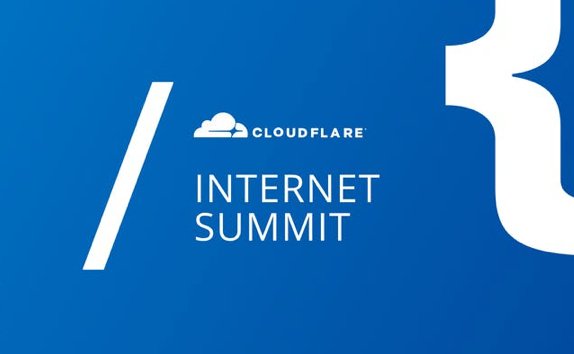History of Networking: The History of Email (part 1)
In this episode of the History of Networking, we sit with Steve Crocker to discuss the history of email. This was a long session, so we split it up into two episodes; the next episode should be published next week.

 This latest specification means that operators can deploy 5G without being dependent upon an underlying 4G LTE network.
This latest specification means that operators can deploy 5G without being dependent upon an underlying 4G LTE network.  Virtuosys' software relies on containers to support and secure applications. That use is similar to a cloud deployment using VMs for greater efficiency, but uses containers because VMs were considered too "heavy" to work at the edge.
Virtuosys' software relies on containers to support and secure applications. That use is similar to a cloud deployment using VMs for greater efficiency, but uses containers because VMs were considered too "heavy" to work at the edge. The idea that SD-WAN will make MPLS obsolete plays on the frustrations of enterprise IT professionals that are dissatisfied with their current WAN provider and want to kick them to the curb.
The idea that SD-WAN will make MPLS obsolete plays on the frustrations of enterprise IT professionals that are dissatisfied with their current WAN provider and want to kick them to the curb. I DO NOT CARE. IT JUST HAS TO WORK. NO REALLY. I JUST DONT CARE ABOUT CABLING.
I DO NOT CARE. IT JUST HAS TO WORK. NO REALLY. I JUST DONT CARE ABOUT CABLING. Versa prefers not to itemize its quarterly revenues on IHS Markit's SD-WAN vendor list. “Of that list of vendors, we’re the only one that is purely software and subscription based," says Versa's CEO.
Versa prefers not to itemize its quarterly revenues on IHS Markit's SD-WAN vendor list. “Of that list of vendors, we’re the only one that is purely software and subscription based," says Versa's CEO.